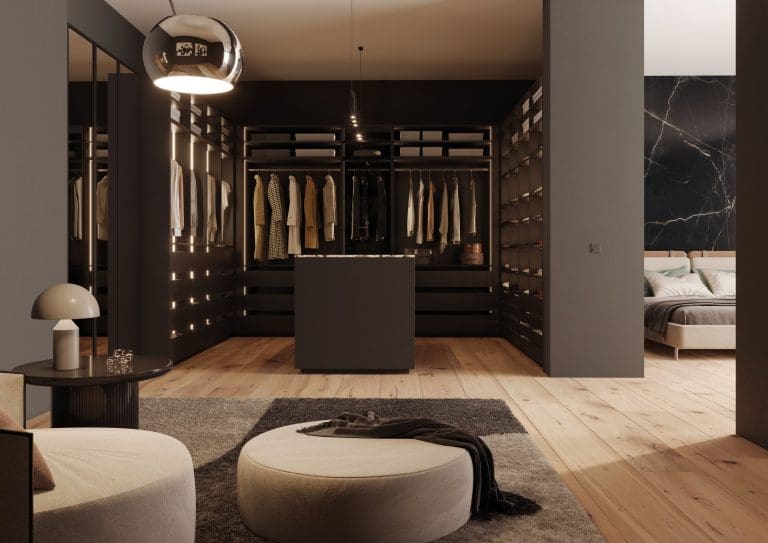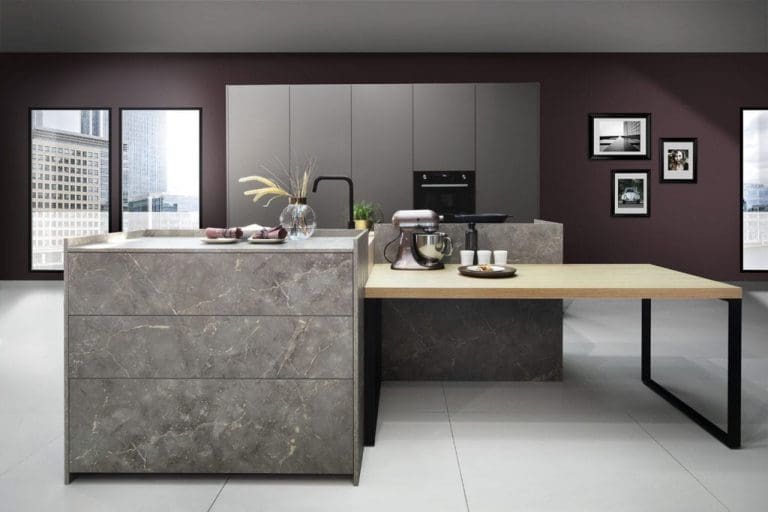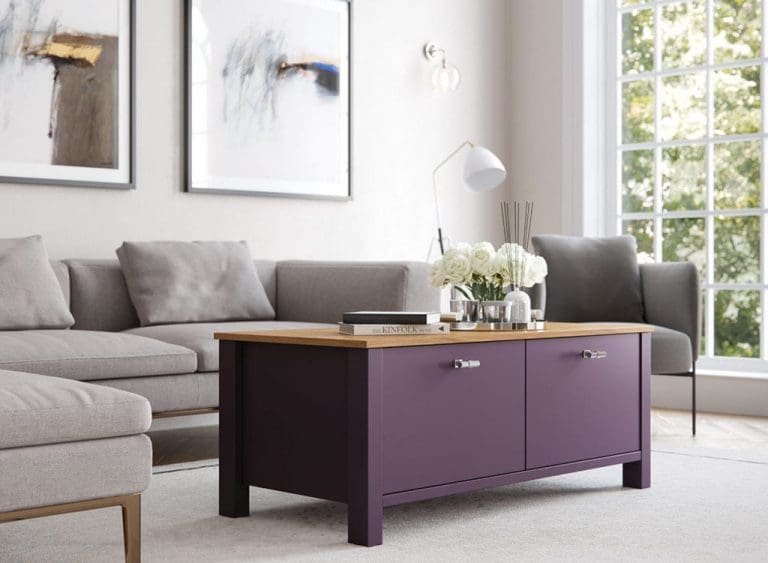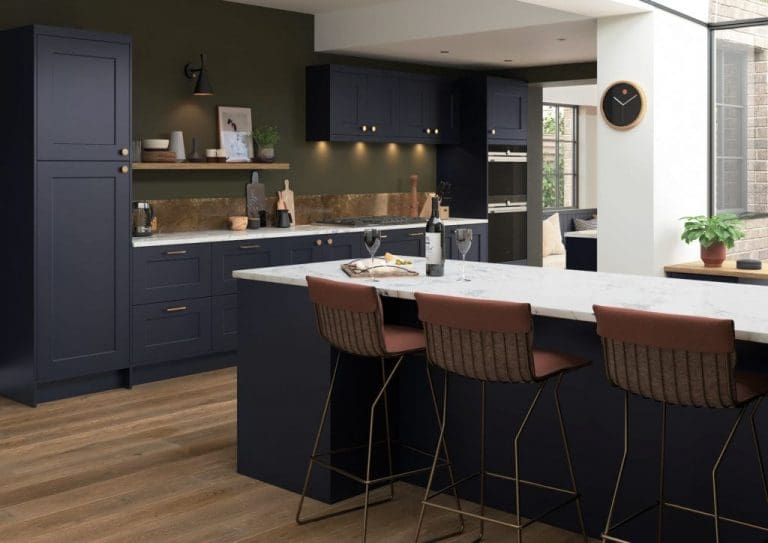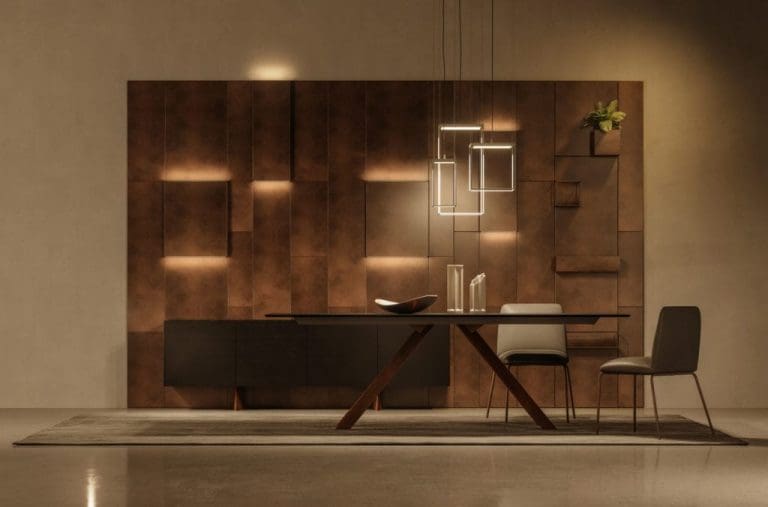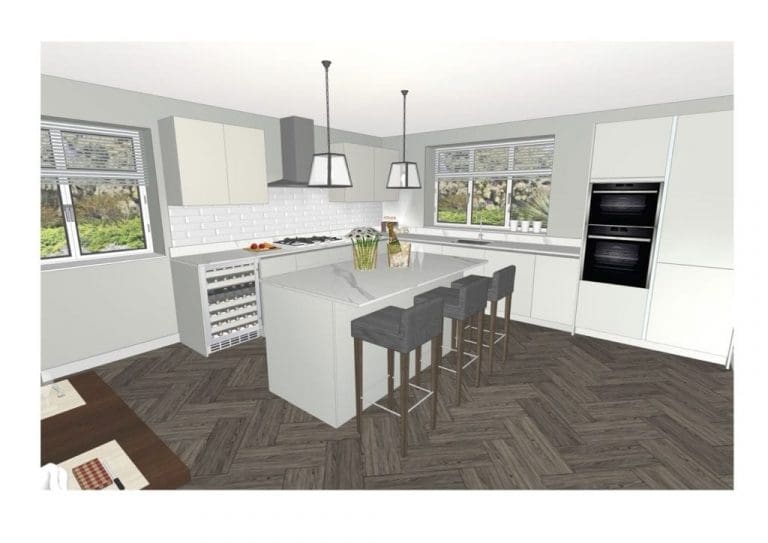What Is the Best Worktop Choice for a Cost-Conscious Client? And Is It Worth Upgrading to Stone?
When designing a new kitchen, worktops are one of the biggest visual and functional elements—and one of the most varied when it comes to cost. For budget-conscious clients, the question often arises: What’s the best worktop choice without compromising style or durability? And, just as importantly: Is it worth spending more to upgrade to stone?

Let’s explore the options.
Budget-Friendly Worktop Options
If you’re watching the pennies, there’s good news. Several worktop materials offer great looks and functionality without breaking the bank. Here are some of the top contenders:
1. Laminate
- Price: £30–£80 per linear metre
- Pros: Affordable, widely available, comes in a wide variety of colours and finishes (some mimic stone or wood very convincingly), low maintenance.
- Cons: Susceptible to heat and water damage, particularly around joints. Not as durable as more premium options.
- Best for: Clients who want variety and style on a modest budget.
2. Wood (Butcher Block)
- Price: £100–£300 per linear metre
- Pros: Warm, natural look; great for rustic or Scandi-style kitchens; can be sanded and re-oiled to refresh.
- Cons: Requires regular maintenance, not water- or stain-resistant, prone to scratches and marks.
- Best for: Those who are happy to maintain the surface and want a natural aesthetic.
3. Compact Laminate
- Price: £100–£250 per linear metre
- Pros: More durable than traditional laminate, waterproof, modern slimline look, heat- and stain-resistant.
- Cons: Limited edge profiles, can be more expensive than standard laminate.
- Best for: Cost-conscious clients who want more durability than standard laminate, with a minimalist look.
When (and Why) It Might Be Worth Spending More on Stone
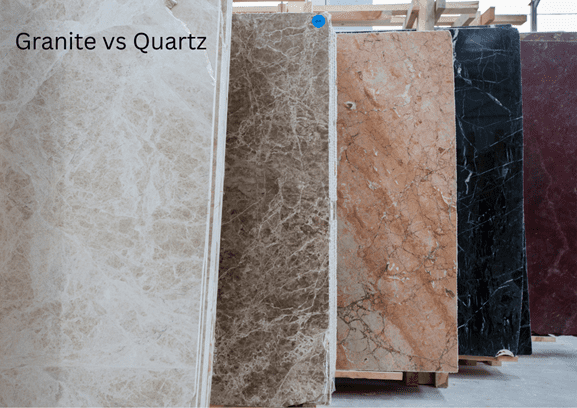
If the budget allows, upgrading to stone or composite worktops can be a game-changer—not just for looks, but for long-term durability and value.
1. Quartz (Engineered Stone)
- Price: £250–£500 per m2
- Pros: Non-porous, scratch- and stain-resistant, available in a wide range of colours and finishes. Low maintenance. Consistent appearance.
- Cons: Not the cheapest option, seams can be visible depending on the finish.
- Best for: Clients who want a luxe look and high performance without the unpredictability of natural stone.
2. Granite
- Price: £250–£500 per m2
- Pros: Each slab is unique, extremely hardwearing, heat-resistant, timeless appeal.
- Cons: Needs sealing, can stain if not properly maintained, heavy (requires solid cabinetry).
- Best for: Traditional or luxury kitchens with longevity in mind.
3. Dekton / Sintered Stone
- Price: £400–£600 per linear metre
- Pros: Virtually indestructible—heat, scratch, stain, and UV resistant. Ultra-modern look.
- Cons: Premium pricing, specialist installation required.
- Best for: Contemporary kitchens where performance and aesthetics are equally important.

So, Is It Worth Upgrading to Stone?
The short answer: It depends on your priorities. Here are some points to help make the decision easier:
Value for Money Over Time
Stone or engineered stone worktops last significantly longer than budget materials. While the upfront cost is higher, you’re less likely to replace or repair them in the future. If you’re investing in a kitchen you plan to keep for 10+ years, this can be money well spent.
Adds Property Value
Stone worktops—especially quartz and granite—are often seen as premium features and can increase the appeal and resale value of a home. If you’re future-focused, this could be a smart move.
Low Maintenance
Engineered stone like quartz doesn’t require sealing or special care. If your lifestyle is busy and you don’t want to baby your surfaces, this is a clear benefit.
Budget Constraints
If the overall kitchen budget is tight, there may be other areas where your money will stretch further—like better storage solutions, lighting, or upgraded appliances. In that case, a high-quality laminate or compact laminate can still deliver great results.
The Hybrid Approach
If you are cost-conscious but tempted by the performance and beauty of stone, a hybrid approach can be the sweet spot.
- Consider 12mm compact laminate for a modern, streamlined look that mimics stone, with better resilience than standard laminate.
- Use stone on an island or key prep area and laminate elsewhere.
- Splashbacks in a matching or contrasting material can elevate the design without the full cost.
Final Thoughts
While budget worktops like laminate offer excellent value and style for a lower cost, investing in stone can pay off in durability, aesthetics, and overall kitchen performance. It all comes down to your goals:
- Is this a short-term refresh or a long-term investment?
- Are they design-driven, durability-focused, or simply looking to get the best bang for their buck?
With a clear understanding of how each material performs—and where it’s worth splurging—you can make confident, informed choices that suit both your lifestyle and your wallet.
Next Steps
For further information and to book an appointment please contact us
Email – [email protected]
Tel: 0121 572 1540
